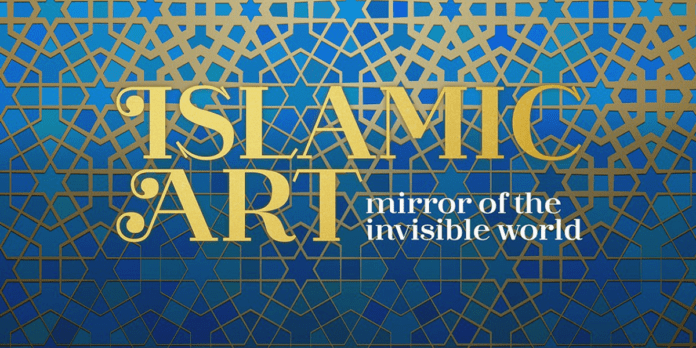Lahore, the cultural capital of Pakistan, is renowned for its rich heritage and architectural wonders. Among its many treasures, Lahore boasts a remarkable collection of Quranic art and architecture. The city’s mosques, mausoleums, and historical landmarks exhibit exquisite craftsmanship, intricate designs, and profound symbolism. This article delves into the fascinating world of Lahore’s Quranic art and architecture, exploring its history, significance, and masterpieces that adorn the city.
Historical Background:
To understand Lahore’s Quranic art and architecture, we must first delve into the historical background of the city. Lahore has a long and diverse history, with influences from various civilizations, including the Mughals, Persians, and Afghans. It was during the Mughal era, particularly under the reign of Emperor Akbar, that Lahore witnessed a flourishing of art and architecture, including the construction of numerous mosques and tombs.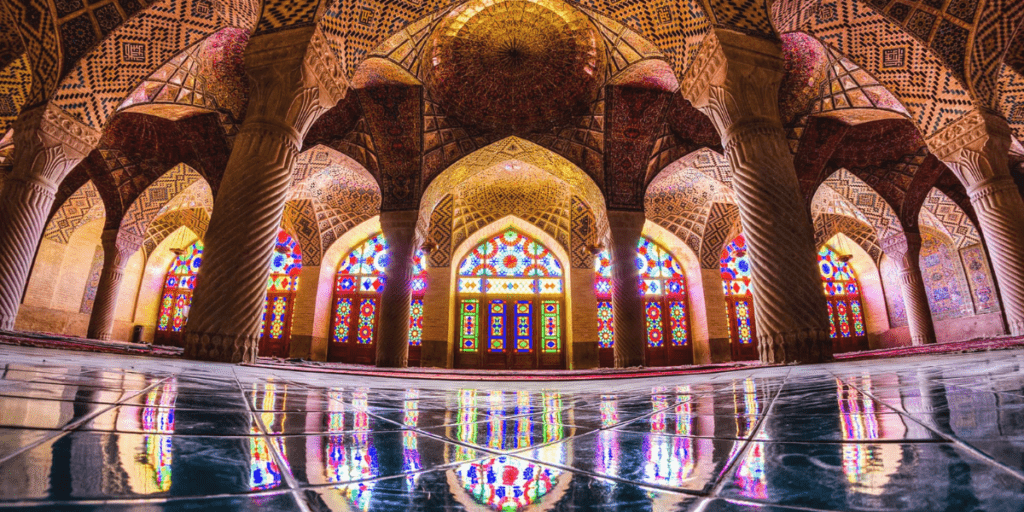
Influence of Quranic Art:
The Quran, the holy book of Islam, has played a significant role in shaping the art and architecture of Lahore. Quranic verses and calligraphy became integral elements in the design and decoration of mosques and other religious structures. The verses from the Quran were meticulously inscribed on walls, arches, and domes, adding a sense of sacredness to the architecture.
“Architectural Marvels”
Badshahi Mosque:
One of the most iconic structures in Lahore, the Badshahi Mosque is a masterpiece of Quranic architecture. Built by Emperor Aurangzeb in the 17th century, this grand mosque features intricate marble inlay work, ornate calligraphy, and a majestic prayer hall. Its big yard can accommodate countless worshippers and stands as a testament to the building radiance of the Mughal age.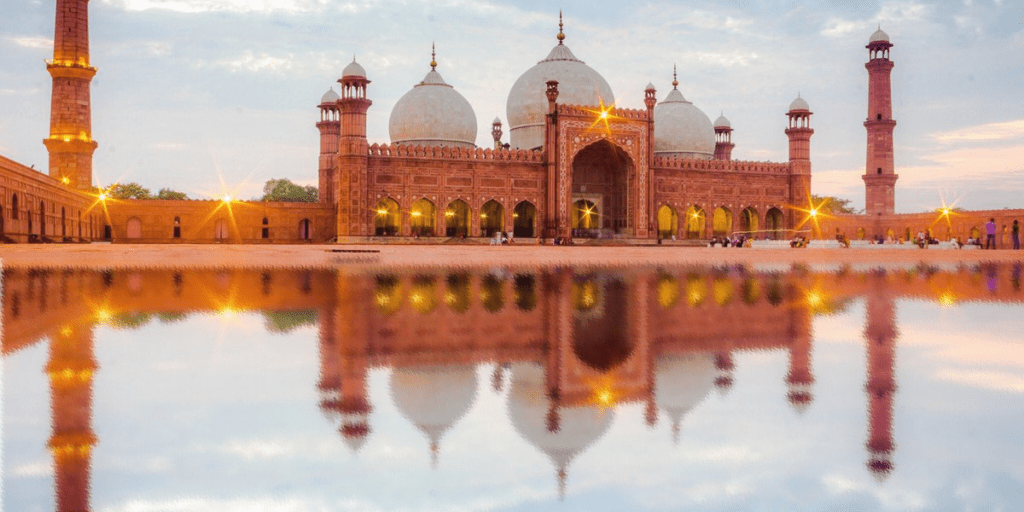
Wazir Khan Mosque:
Another gem of Quranic art and architecture in Lahore is the Wazir Khan Mosque. Constructed in the 17th century by Nawab Wazir Khan, the mosque is known for its stunning tile work and frescoes depicting Quranic verses. The intricate details and vibrant colors create a mesmerizing ambiance, transporting visitors to a bygone era of artistic splendor.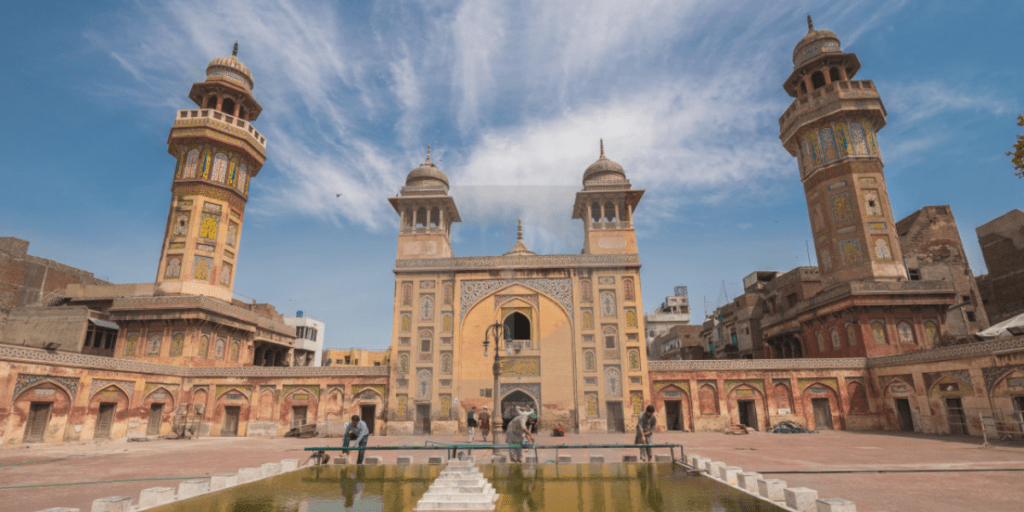
Shalimar Gardens:
While not exclusively a Quranic architectural site, the Shalimar Gardens of Lahore deserve mention due to their historical and cultural significance. Built during the Mughal era, the gardens feature beautiful fountains, lush greenery, and symmetrical design principles, all inspired by the Quranic ideals of paradise. The gardens serve as a testament to the Mughal love for nature and the harmonious integration of Quranic concepts into their architectural creations.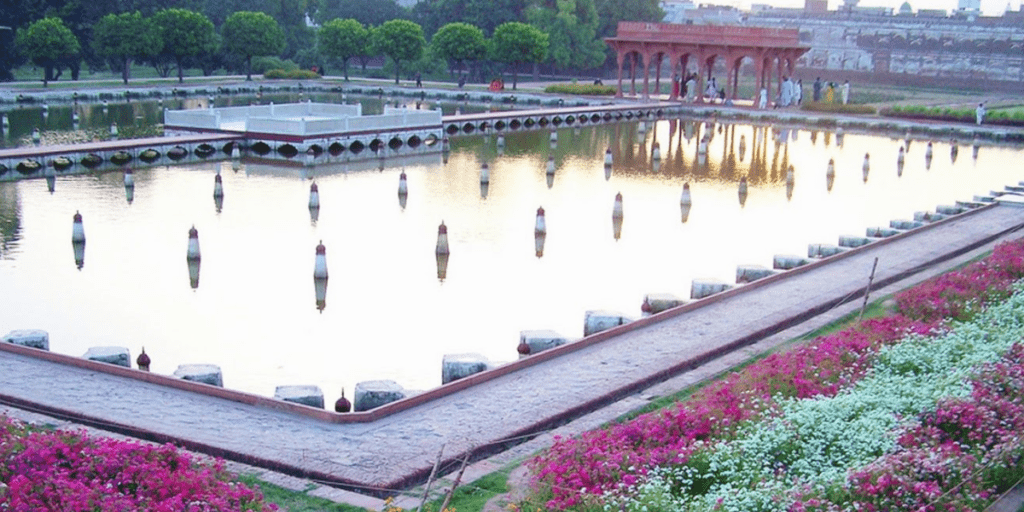
Symbolism and Spiritual Significance:
Quranic art and architecture in Lahore are laden with symbolism and spiritual significance. The calligraphy and inscriptions of Quranic verses not only serve as decorative elements but also convey deeper meanings. The intricate designs and patterns found in the architecture reflect the principles of unity, harmony, and divine beauty expressed in the Quran. Each element is carefully crafted to create an environment that enhances the spiritual experience of worshippers.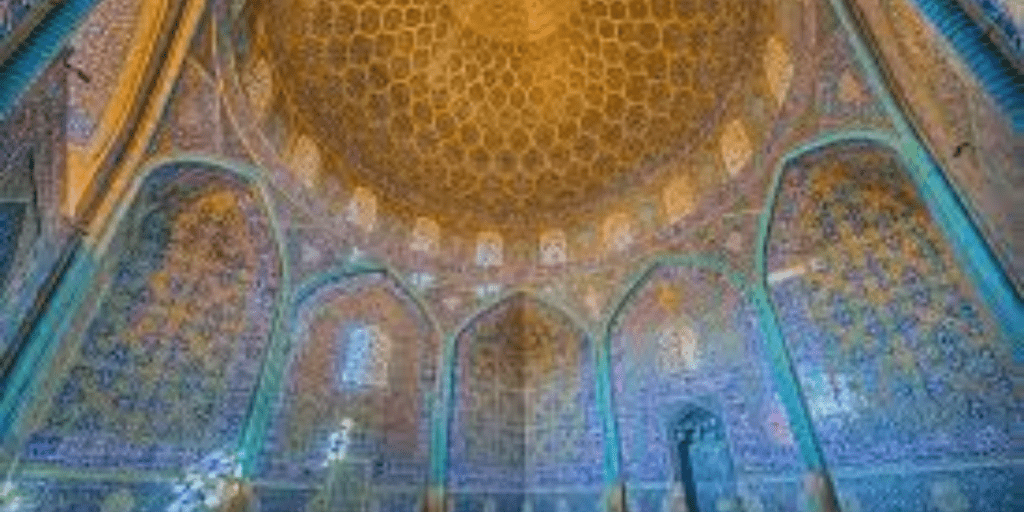
Preservation and Restoration Efforts:
Preserving and restoring Lahore’s Quranic art and architecture is crucial to safeguarding this cultural heritage for future generations. Various organizations and government bodies have undertaken initiatives to conserve and restore these architectural treasures. Efforts include the documentation of historical sites, the restoration of damaged structures, and the promotion of awareness and appreciation for Quranic art and architecture.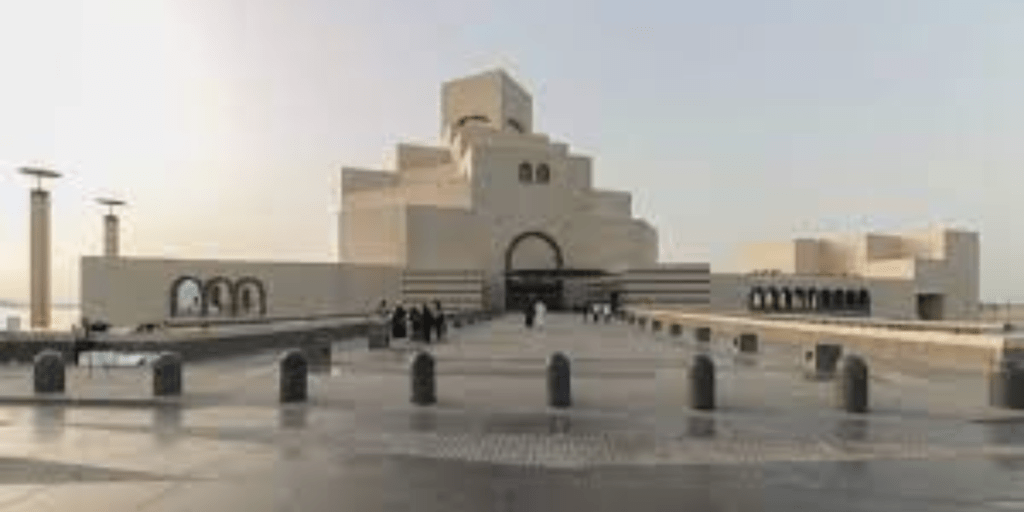
Conclusion:
Lahore’s Quranic art and architecture stand as a testament to the city’s rich cultural history and the deep spiritual connection of its people. From the magnificent mosques to the ornate calligraphy and intricate designs, each element reflects the profound influence of the Quran. Exploring these architectural marvels is not only an aesthetic delight but also a journey into the Islamic heritage and the enduring legacy of Lahore’s artistic prowess. As we appreciate and preserve these treasures, we ensure that future generations can continue to marvel at the beauty and spirituality of Lahore’s Quranic art and architecture.

